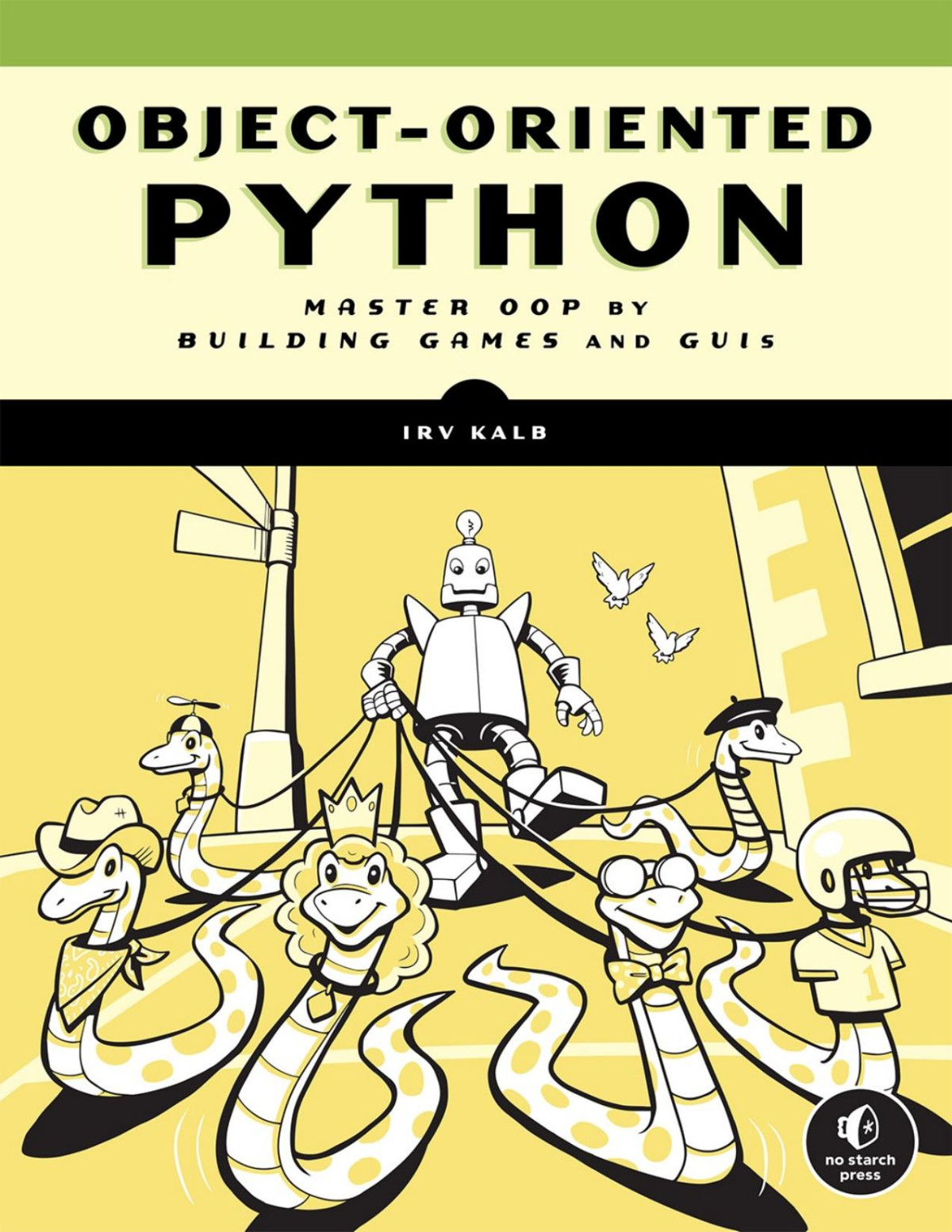

Most ebook files are in PDF format, so you can easily read them using various software such as Foxit Reader or directly on the Google Chrome browser.
Some ebook files are released by publishers in other formats such as .awz, .mobi, .epub, .fb2, etc. You may need to install specific software to read these formats on mobile/PC, such as Calibre.
Please read the tutorial at this link. https://ebooknice.com/page/post?id=faq
We offer FREE conversion to the popular formats you request; however, this may take some time. Therefore, right after payment, please email us, and we will try to provide the service as quickly as possible.
For some exceptional file formats or broken links (if any), please refrain from opening any disputes. Instead, email us first, and we will try to assist within a maximum of 6 hours.
EbookNice Team

Status:
Available0.0
0 reviewsObject-Oriented Python (OOP) is a paradigm that combines data and code into cohesive units, allowing you to think differently about computational problems and solve them in a highly reusable way. Aimed at intermediate-level programmers, Object-Oriented Python is a hands-on tutorial that goes deep into the core tenets of OOP, showing you how to use encapsulation, polymorphism, and inheritance to write games and apps using Python.
The book begins by demonstrating key problems inherent in procedural programming, then guides you through the basics of creating classes and objects in Python. You’ll build on this groundwork by developing buttons, text fields, and other GUI elements that are standard in event-driven environments. You’ll also use many real-world code examples and two pygame-based packages to help turn theory into practice, enabling you to easily write interactive games and applications complete with GUI widgets, animations, multiple scenes, and reusable game logic. In the final chapter, you’ll bring it all together by building a fully functional video game that incorporates many of the OOP techniques and GUI elements covered in the book.
You’ll learn how to:
•Create and manage multiple objects using an object manager object
•Use encapsulation to hide the inner details of objects from client code
•Use polymorphism to define one interface and implement it in multiple classes
•Apply inheritance to build on existing code
Object-Oriented Python is a visual, intuitive guide to fully understanding how OOP operates and how you can use it to make your code more maintainable, readable, and efficient—without sacrificing functionality.